Deck 8: Nucleophilic Substitution
Question
Question
Question
Question
Question
Question
Question
Question
Question
Question
Question
Question
Question
Question

Unlock Deck
Sign up to unlock the cards in this deck!
Unlock Deck
Unlock Deck
1/14
Play
Full screen (f)
Deck 8: Nucleophilic Substitution
1
Which of the following cannot act as a nucleophile?
A)
B)
C)
D)
A)
B)
C)
D)
2
Which of the following undergoes a substitution reaction with sodium cyanide in DMSO at the fastest rate?

A)
B)
C)
D)

A)
B)
C)
D)
3
The rate law for the following reaction is
![<strong>The rate law for the following reaction is </strong> A) rate =\mathrm{k}\left[\mathrm{CH}_{3} \mathrm{CH}_{2} \mathrm{CH}_{2} \mathrm{Cl}\right] . B) rate =\mathrm{k}\left[\mathrm{CH}_{3} \mathrm{CH}_{2} \mathrm{CH}_{2} \mathrm{Cl}\right][\mathrm{NaCN}] . C) rate =\mathrm{k}\left[\mathrm{CH}_{3} \mathrm{CH}_{2} \mathrm{CH}_{2} \mathrm{Cl}\right][\mathrm{NaCN}]^{2} . D) rate =\mathrm{k}[\mathrm{NaCN}] .](https://d2lvgg3v3hfg70.cloudfront.net/TB10580/11eeda09_28b8_6d1b_87de_65303f37b56d_TB10580_00.jpg)
A) rate .
B) rate .
C) rate .
D) rate .
![<strong>The rate law for the following reaction is </strong> A) rate =\mathrm{k}\left[\mathrm{CH}_{3} \mathrm{CH}_{2} \mathrm{CH}_{2} \mathrm{Cl}\right] . B) rate =\mathrm{k}\left[\mathrm{CH}_{3} \mathrm{CH}_{2} \mathrm{CH}_{2} \mathrm{Cl}\right][\mathrm{NaCN}] . C) rate =\mathrm{k}\left[\mathrm{CH}_{3} \mathrm{CH}_{2} \mathrm{CH}_{2} \mathrm{Cl}\right][\mathrm{NaCN}]^{2} . D) rate =\mathrm{k}[\mathrm{NaCN}] .](https://d2lvgg3v3hfg70.cloudfront.net/TB10580/11eeda09_28b8_6d1b_87de_65303f37b56d_TB10580_00.jpg)
A) rate .
B) rate .
C) rate .
D) rate .
rate .
4
Identify the major product(s) in the reaction of (R)-2-bromopentane with sodium cyanide in DMSO?
A) (R)-2-cyanopentane
B) (S)-2-cyanopentane
C) racemic mixture of 2-cyanopentane
D) trans-2-pentene
A) (R)-2-cyanopentane
B) (S)-2-cyanopentane
C) racemic mixture of 2-cyanopentane
D) trans-2-pentene

Unlock Deck
Unlock for access to all 14 flashcards in this deck.
Unlock Deck
k this deck
5
Which of the following reacts fastest with methanol by the mechanism?
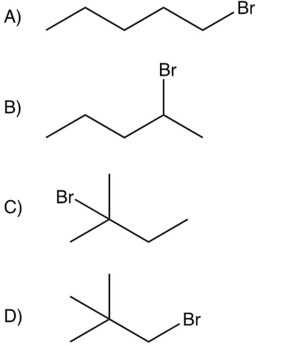
A)

B)
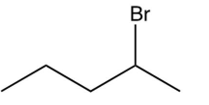
C)
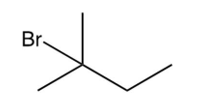
D)
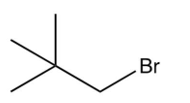

A)

B)

C)

D)


Unlock Deck
Unlock for access to all 14 flashcards in this deck.
Unlock Deck
k this deck
6
Considering the , E1, and mechanisms, the energy diagram shown below corresponds to
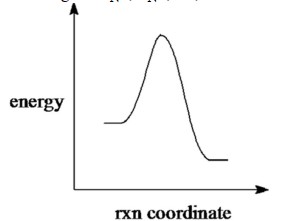
A) only the mechanism.
B) only the mechanism.
C) both the and mechanisms.
D) both the and mechanisms.

A) only the mechanism.
B) only the mechanism.
C) both the and mechanisms.
D) both the and mechanisms.

Unlock Deck
Unlock for access to all 14 flashcards in this deck.
Unlock Deck
k this deck
7
Identify the substitution product(s) in the following reaction.
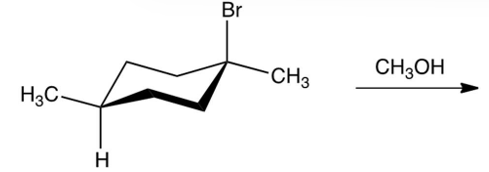
A)
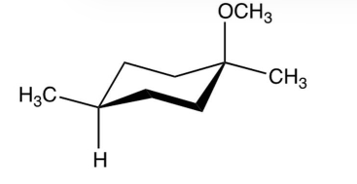
B)
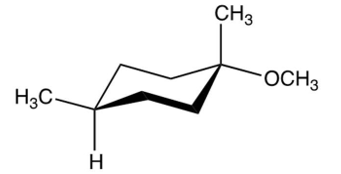
C)
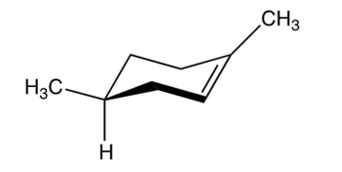
D) a mixture of and

A)

B)

C)

D) a mixture of and

Unlock Deck
Unlock for access to all 14 flashcards in this deck.
Unlock Deck
k this deck
8
Which sequence of reactions below gives the highest yield of ethyl isopropyl ether?

A)

B)

C)

D)


A)

B)

C)

D)


Unlock Deck
Unlock for access to all 14 flashcards in this deck.
Unlock Deck
k this deck
9
How would you synthesize the following compound starting with optically pure (R) or (S)-2-butanol?
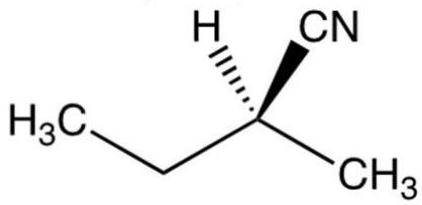
A) (1) (R)-2-butanol (2) NaCN/DMSO
B) (1) (S)-2-butanol + TsCl (2) NaCN/DMSO
C) (1) (S)-2-butanol (heat) (2) (3) NaCN/DMSO
D) (R)-2-butanol + NaCN/DMSO

A) (1) (R)-2-butanol (2) NaCN/DMSO
B) (1) (S)-2-butanol + TsCl (2) NaCN/DMSO
C) (1) (S)-2-butanol (heat) (2) (3) NaCN/DMSO
D) (R)-2-butanol + NaCN/DMSO

Unlock Deck
Unlock for access to all 14 flashcards in this deck.
Unlock Deck
k this deck
10
The species shown below represents the transition state for the
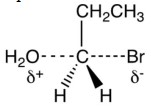
A) reaction of 1-propanol with .
B) reaction of 1-bromopropane with .
C) addition of to 1-propene.
D) addition of to propene with peroxides.

A) reaction of 1-propanol with .
B) reaction of 1-bromopropane with .
C) addition of to 1-propene.
D) addition of to propene with peroxides.

Unlock Deck
Unlock for access to all 14 flashcards in this deck.
Unlock Deck
k this deck
11
Which of the following is the double substitution product of the reaction below?

A)
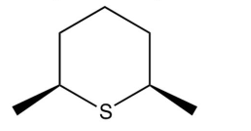
B)

C)
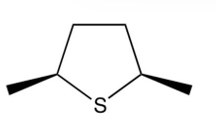
D)


A)

B)

C)

D)


Unlock Deck
Unlock for access to all 14 flashcards in this deck.
Unlock Deck
k this deck
12
Starting with 1-methylcyclohexene, which of the following reaction sequences is the best synthesis of the azide shown below?

A)
B)
C)
D)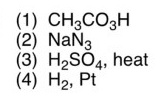

A)

B)

C)

D)


Unlock Deck
Unlock for access to all 14 flashcards in this deck.
Unlock Deck
k this deck
13
Which of the following mechanistic steps is the most likely route for the formation of the cyclic ether shown?

A)
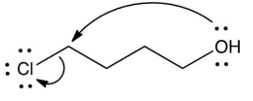
B)

C)
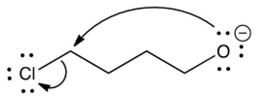
D)


A)

B)

C)

D)


Unlock Deck
Unlock for access to all 14 flashcards in this deck.
Unlock Deck
k this deck
14
What major product, if any, is expected here?
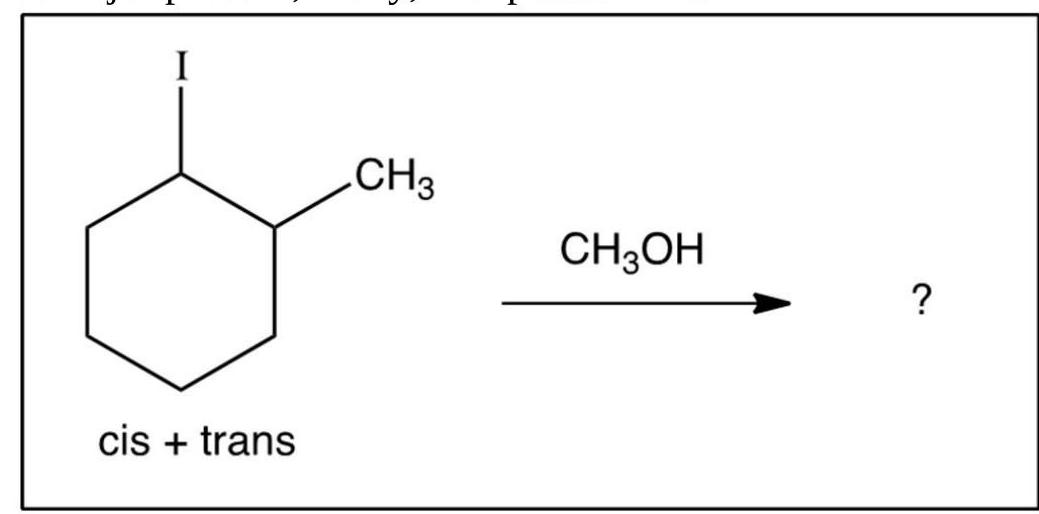
A)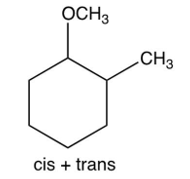
B)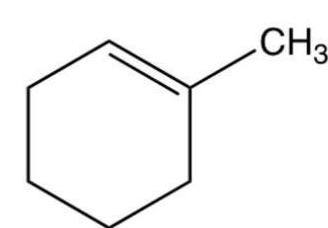
C)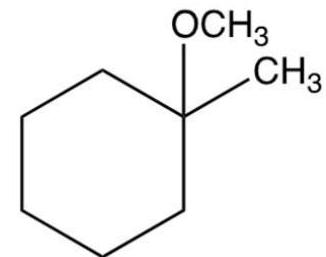
D) no reaction occurs

A)

B)

C)

D) no reaction occurs

Unlock Deck
Unlock for access to all 14 flashcards in this deck.
Unlock Deck
k this deck



